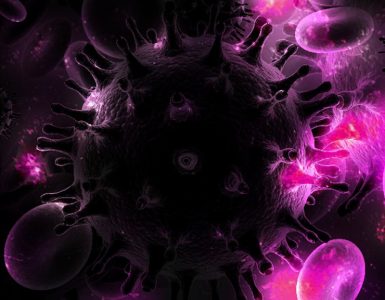Later on, after the mutation, came the bubonic plague. A study suggests that even today the Black Death disease exists but in a different, mutated form. The bacterium strain present today has been evolved from a species known as Yersinia pseudotuberculosis. In the study the scientists have said that the new research might explain how Y.pestis went on from causing only localized outbreaks to be the main cause of the pandemic spread in the 6thcentury’s Justinian Plague and the 14th century’s Black Death. The researchers performed mice examination that frequently retraced to the familiar modification tendency among the germs. The research team was led by Wydham Lathem, an assistant professor in microbiology-immunology at the Northwestern University’s Feinberg School of Medicine in Chicago.
Black Death has transformed due to a genetic modification
Later on, after the mutation, came the bubonic plague. A study suggests that even today the Black Death disease exists but in a different, mutated form. The bacterium strain present today has been evolved from a species known as Yersinia pseudotuberculosis. In the study the scientists have said that the new research might explain how Y.pestis went on from causing only localized outbreaks to be the main cause of the pandemic spread in the 6thcentury’s Justinian Plague and the 14th century’s Black Death. The researchers performed mice examination that frequently retraced to the familiar modification tendency among the germs. The research team was led by Wydham Lathem, an assistant professor in microbiology-immunology at the Northwestern University’s Feinberg School of Medicine in Chicago.






















